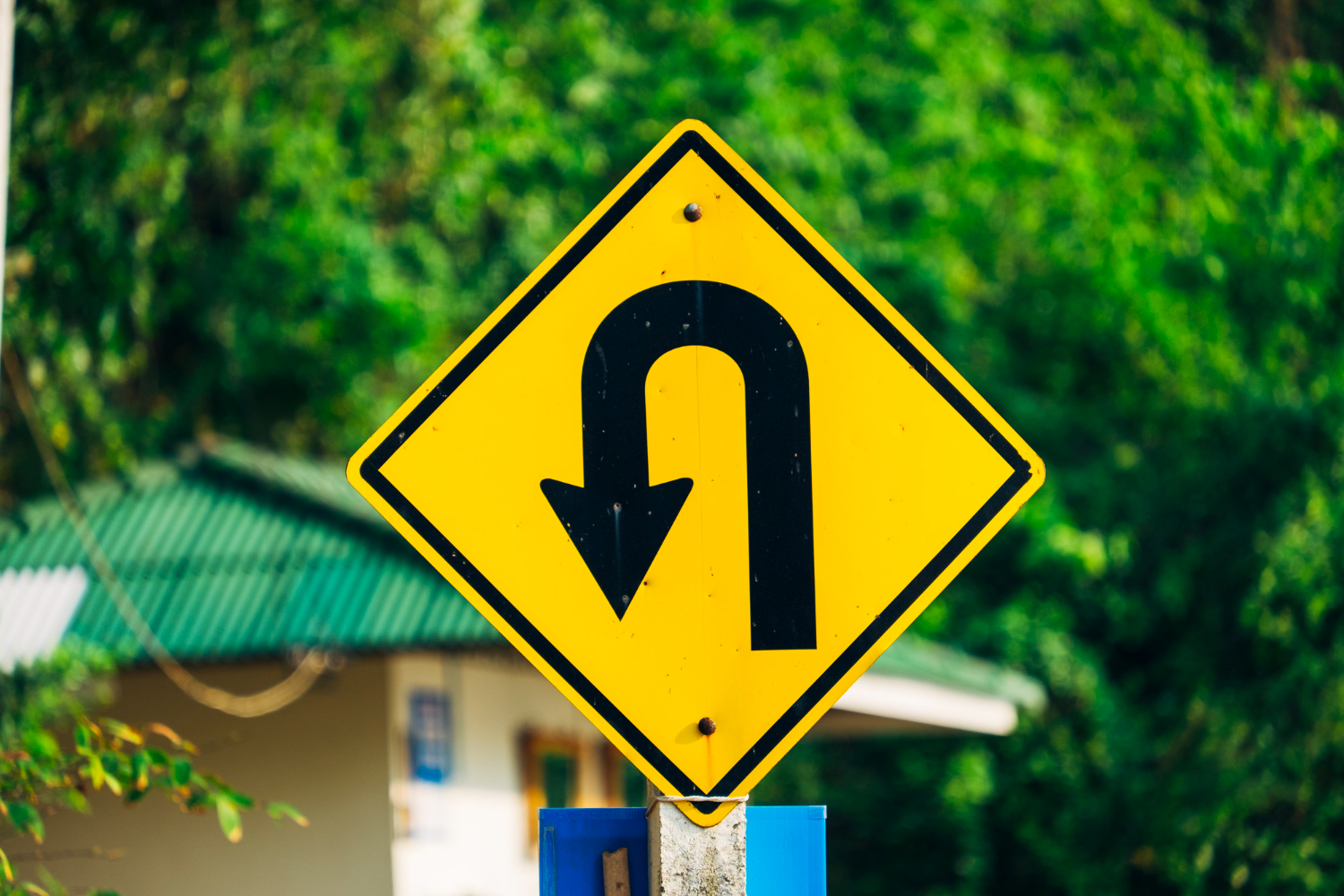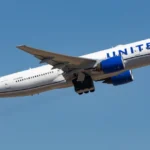Driving often feels routine, but every trip requires focus and awareness of the road ahead. Road signs are one of the most important tools that keep drivers safe, providing guidance in a clear and simple way. Among the many signs you may encounter, the divided highway ahead sign is one that plays a major role in helping drivers prepare for upcoming roadway changes.
The divided highway ahead sign is a warning sign that alerts drivers to an upcoming stretch of road where traffic is separated by a physical divider, such as a median, barrier, or strip of land. Unlike ordinary road signs that provide general information, this particular sign tells you that the road design is about to change. It signals that the single roadway you’ve been driving on will soon split, creating a divided highway with lanes separated for each direction of travel.
Drivers encounter this sign frequently on highways, interstates, and major roads where traffic flow needs to be organized and controlled for safety. By giving advance notice, the sign helps motorists adjust their driving behavior, reduce confusion, and prepare for the shift from an undivided road to one with a central divider.
In this guide, we will explore the full meaning of the divided highway ahead sign, explain why and where it appears, show how drivers should respond, and highlight its role in preventing accidents. You’ll also learn about related road signs and how they work together to create a safer driving environment.
The Meaning of the Divided Highway Ahead Sign
The divided highway ahead sign is classified as a warning sign in traffic rules and road safety regulations. Its purpose is to alert drivers that the road they are traveling on will soon be divided into two separate carriageways. Each side of the highway will handle traffic flowing in opposite directions, with a median or barrier acting as the divider.
In official traffic manuals, the sign is typically defined as a symbol that prepares drivers for a transition. It does not tell drivers to stop, yield, or turn; instead, it provides advance knowledge of a change in road structure. This makes it different from regulatory signs, which command a specific action.
The most recognizable feature of the divided highway ahead sign is its shape and design. Usually, it is a diamond-shaped sign with a bold graphic in the center. The graphic shows a single lane splitting around a central divider, with arrows indicating the two directions of traffic. The background is often yellow, which is the standard color for warning signs, and the symbol is black for maximum visibility. Even from a distance, drivers can identify it instantly.
This clear visual language ensures that drivers, regardless of language or literacy level, can interpret the sign. Its universal design means that whether you’re in the United States or another country, the concept behind the divided highway ahead sign remains the same: prepare for a roadway split and adjust your driving accordingly.
When and Where You’ll See the Sign
The divided highway ahead sign usually appears on major roads that are transitioning into highways or interstates. You might notice it while leaving a rural road and approaching a multi-lane divided highway, or when entering a city bypass designed to handle faster-moving traffic.
Road engineers place this sign before the division actually begins. Its job is to give you enough time to prepare for the change, rather than surprising you at the moment the road splits. This advance notice is critical because sudden adjustments on high-speed roads can be dangerous. By placing the sign at a reasonable distance, drivers have time to slow down, maintain their lane, and follow the road safely into the divided highway.
You’ll often see the divided highway ahead sign near intersections leading to freeways, at the start of long-distance expressways, or in areas where rural two-lane roads are upgraded into modern divided highways. In urban settings, the sign might also appear on approach roads that connect to larger arterial roads.
The positioning of the sign is carefully planned. Engineers ensure it is visible, unobstructed by trees or billboards, and placed where drivers can clearly understand what lies ahead. In many cases, the sign is followed by additional markings or complementary road signs that guide drivers smoothly into the new roadway configuration.
How Drivers Should Respond to the Sign?
The divided highway ahead sign is not just a visual marker; it’s an instruction to adjust your driving. When you see it, the most important response is to stay alert and prepare for the roadway split. Drivers should remain in their lane, avoid sudden lane changes, and be mindful of vehicles around them.
One safe adjustment is to reduce speed slightly if you are traveling at a high pace. Although divided highways are generally designed for faster traffic, the transition itself can catch some drivers off guard. By slowing just enough to stay in control, you can react smoothly when the lanes separate.
Another important response is to watch for merging traffic. On many roads, the start of a divided highway is also where vehicles enter from ramps or intersections. Staying aware of this possibility helps you avoid conflicts and keep traffic flowing.
Common mistakes include ignoring the sign and assuming the road will continue unchanged, or reacting too late by swerving at the point of division. Such behavior can create unnecessary risks. The divided highway ahead sign exists specifically to prevent these problems, so acknowledging it early and responding calmly is the best way to drive safely.
Importance of the Divided Highway Ahead Sign in Road Safety
The divided highway ahead sign plays a crucial role in preventing accidents. Roadway transitions are moments where confusion can occur, and confusion often leads to mistakes. Without advance warning, drivers may be surprised by the median, make sudden moves, or even attempt to drive the wrong way.
By giving drivers clear notice, the sign creates a mental checkpoint. It allows time to prepare for the change in road design, helping to keep vehicles moving in the right direction and reducing the chance of collisions. In this way, the sign serves as a silent traffic officer, guiding thousands of drivers each day without words or enforcement.
Another way the sign contributes to safety is by reducing head-on collisions. Divided highways are safer than undivided roads because the median separates opposing traffic. However, if drivers enter a divided highway incorrectly or misunderstand the road design, the risk of a crash increases. The divided highway ahead sign lowers this risk by ensuring drivers understand what lies ahead and how to navigate it.
It also supports the smooth flow of traffic. When drivers anticipate the change, they adjust naturally, without slowing down too much or making abrupt movements. This creates a consistent traffic pattern that benefits everyone on the road.
Understanding Related Road Signs
The divided highway ahead sign often appears in combination with other warning signs. One common partner is the end divided highway sign, which alerts drivers when the divider ends and the roadway returns to a single undivided road. Together, these two signs provide a complete picture of changing road conditions.
You may also see signs that indicate merging traffic, lane reductions, or speed adjustments in the same area. These related signs complement the divided highway ahead warning by offering additional context. For example, if traffic is merging onto the highway, a merging traffic sign may appear shortly after the divided highway sign.
By working together, these signs form a network of communication between road engineers and drivers. Each sign addresses a specific piece of information, but combined, they guide drivers through transitions with minimal confusion. Understanding how the divided highway ahead sign fits into this system gives you a deeper appreciation for the thought and planning behind modern road safety.
Conclusion
The divided highway ahead sign may seem like a small part of the driving experience, but it carries big importance for safety and awareness. By warning drivers of upcoming roadway divisions, it helps prevent confusion, reduces the risk of accidents, and supports the smooth flow of traffic.
For drivers, the best response to this sign is simple: stay alert, remain in your lane, and prepare for the change ahead. When used together with related signs, the divided highway ahead sign ensures that every transition from one type of road to another happens with clarity and safety.
Whether you are driving through a rural area that shifts into a modern expressway or entering a busy city highway, this sign stands as a reminder of how small warnings make a big difference. Keeping an eye on the divided highway ahead sign—and all road signs—helps you become a safer, more confident driver every time you’re behind the wheel.
My name is Mustafa, and I have been blogging for over 5 years. I am passionate about sharing complete, accurate, and helpful information with my readers. Along with managing content on The Matcha Read, I also contribute blog posts to premium websites. My goal is to provide valuable insights in a clear and easy-to-understand way, so every reader walks away with useful knowledge.










